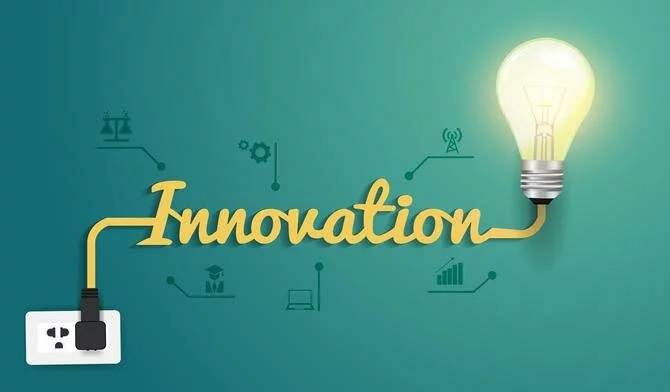When I ask enterprise leaders to perceive which part of the innovation procedure their businesses war with the most, I usually get one in all 3 answers:
1. We have a variety of thoughts however maximum of them get judged as not possible or too difficult to implement primarily based on changing the manner things currently are
2. We have a tough time determining which concept or possibility to pursue
3. We come up with loads of good thoughts however cannot seem to execute on them
Interestingly, those align precisely with the stages of innovation: discovery, evaluation, and execution.
In enterprise, innovation is the act of applying understanding to the introduction of latest processes, products, and offerings that have price for as a minimum one among your stakeholder groups.
Obviously, this calls for greater than just generating a slew of creative thoughts.
In order to produce actual innovation, you have to virtually do something exceptional that has price. In different words, follow via on the good thoughts.
This calls fora very one-of-a-kind set of talents and sources than concept generation.
Achieving cost introduction from innovation calls for an immediate link among the proposed innovation and your strategy, plus a team of workers that has the appropriate skills and competencies to discover, evaluate, and execute on the satisfactory thoughts. It also calls for a tradition (or context) that supports innovation.
Phase I – Discovery
Phase I has two fundamental objectives:
Growing center innovation abilities and generating new and creative thoughts, which frequently consists of gathering patron insights and translating them into workable thoughts.
Everyone has the capacity to suppose creatively, but most human beings want some education and coaching on the way to bring out those latent talents.
Key activities throughout this phase consist of providing learning sessions, workshops, collaboration fairs, idealization boot camps, and different tools that educate humans the way to think differently.
Innovation enablers all through this section consist of:
- Encouraging and rewarding idea generation
- Awareness of the brain’s processing and capacity hurdles
- Defining winning/excellence
- Balancing big photo and details
- Challenging assumptions
- “What if?” thinking
- Changing perspectives
- Considering the right answer
- Influencing others effectively
- Key players during this section: individual contributors and executives who inspire and assist them.
Phase II – Evaluation
This segment separates the wheat from the chaff, as capacity ideas and possibilities undergo a rigorous screening procedure.
New thoughts are discussed, tested, evaluated, and in comparison for their ability to add value to customers, generate new sales streams, or accomplish a specific innovation goal.
The number one goal is to pick out the highest-fee opportunities and determine the feasibility of turning them into reality.
Innovation enablers in the course of this segment encompass:
- Creating and assisting an idea assessment framework
- Taking risks
- Balancing day-to-days opposed to longer term
- Accepting thoughts (continue to be open)
- Looking for “and” versus “however” solutions
- Encouraging some failure (inside boundaries)
- Thinking cross-functionally/organizationally
- Key players at some stage in this phase: managers and leaders who have set clean strategic course and guidance.
Phase III – Execution
This section involves making sure that the high-cost opportunities recognized in the course of the assessment section align together with your organizational capabilities. Then senior control has to devote the time, money, and sources to make the change happen.
This is followed with the aid of close tracking of the commercial enterprise overall performance of the new product or service, in addition to measuring the procedure used to expand and searching out ways to improve it.
Innovation enablers at some point of this section include:
- Continually speaking the need for innovation as a commercial enterprise focus/strategic mandate
- Linking innovation to key strategies
- Sponsoring innovation projects
- Incorporating innovation reports into the enterprise review processes
- Funding innovation
- Developing danger control strategies and approaches
- Capturing and sharing innovation leanings
- Learning from screw ups Key players at some point of this section: senior control/leaders.




